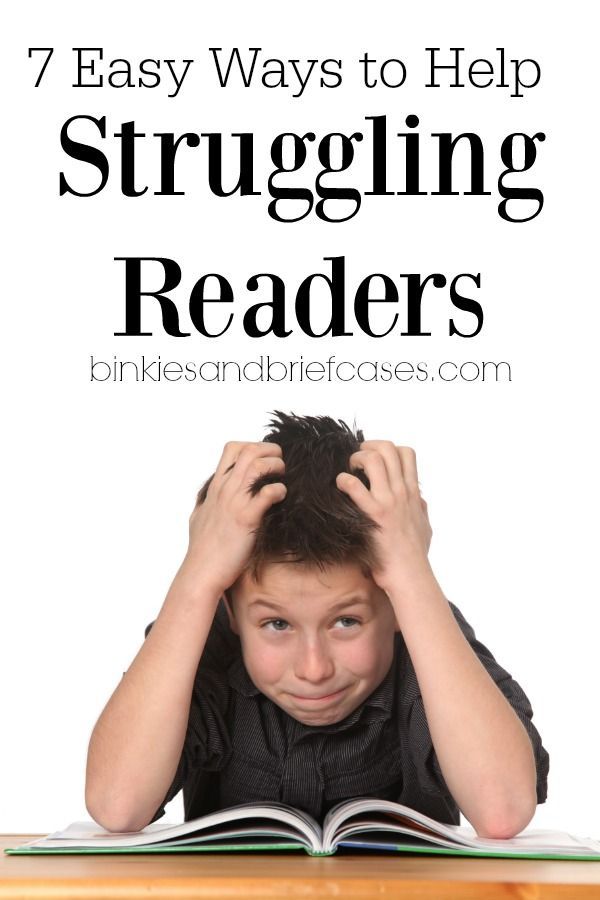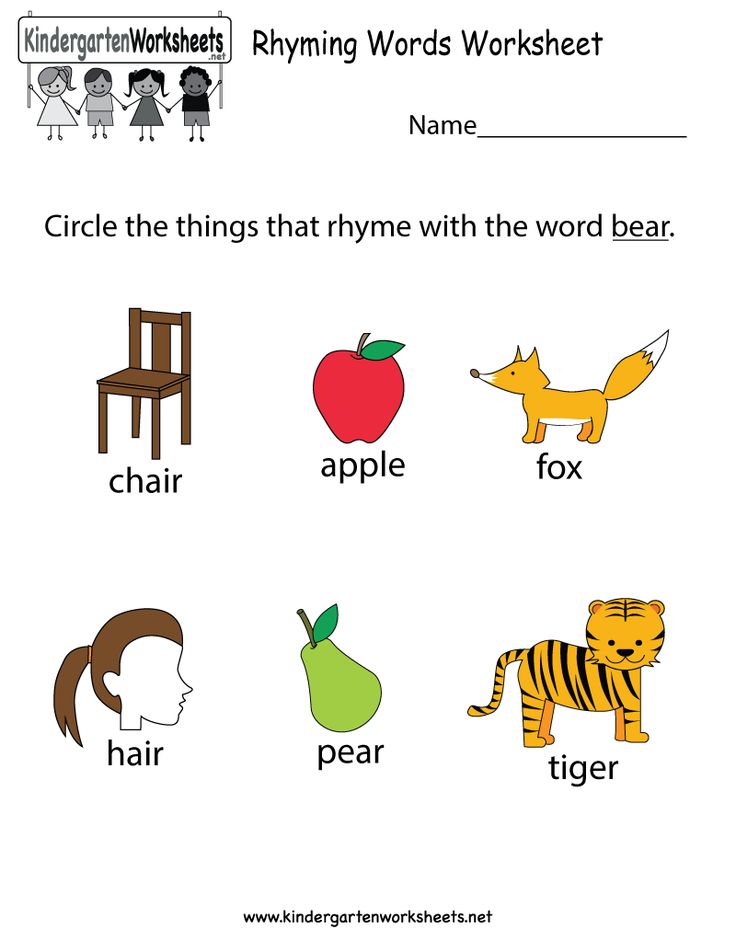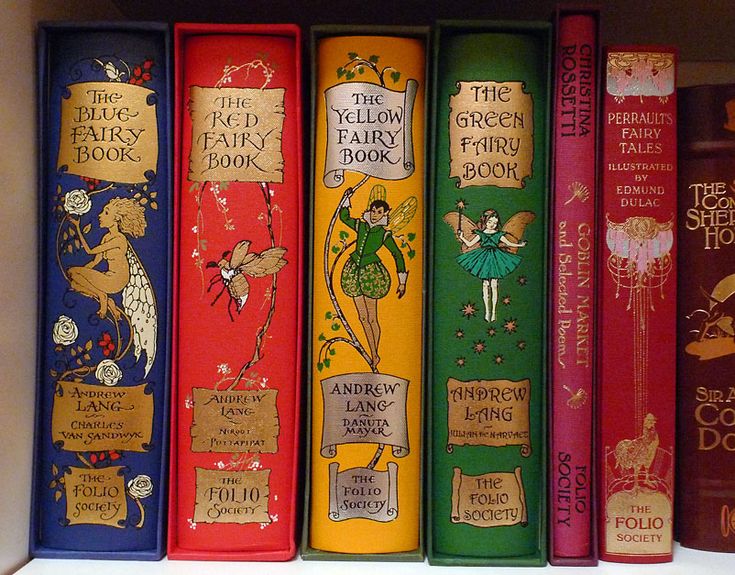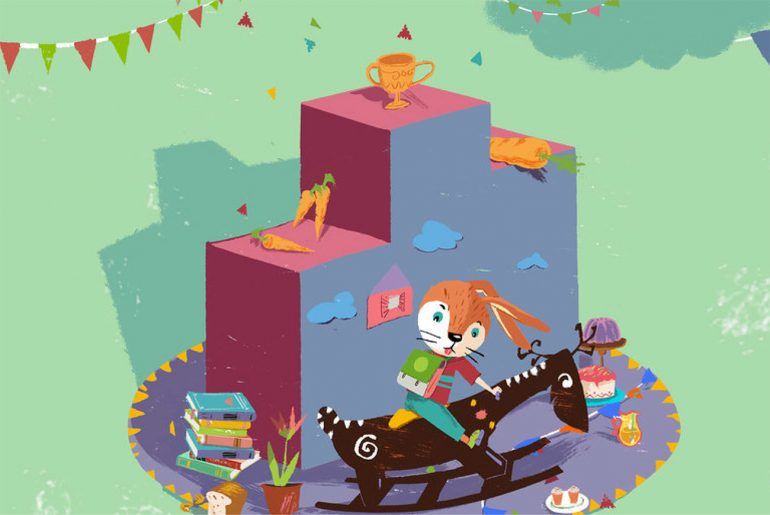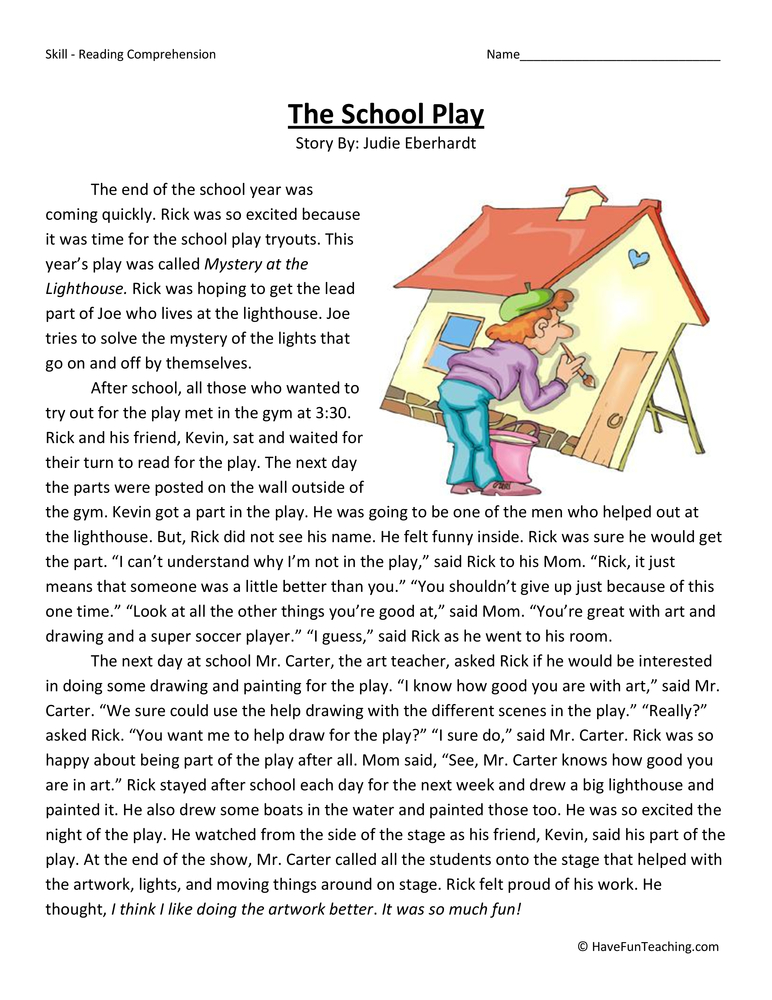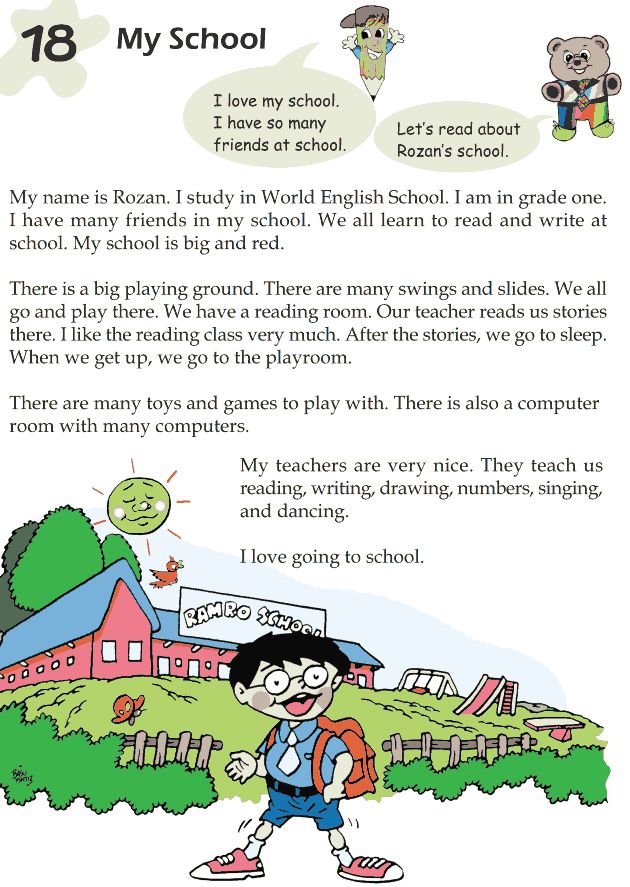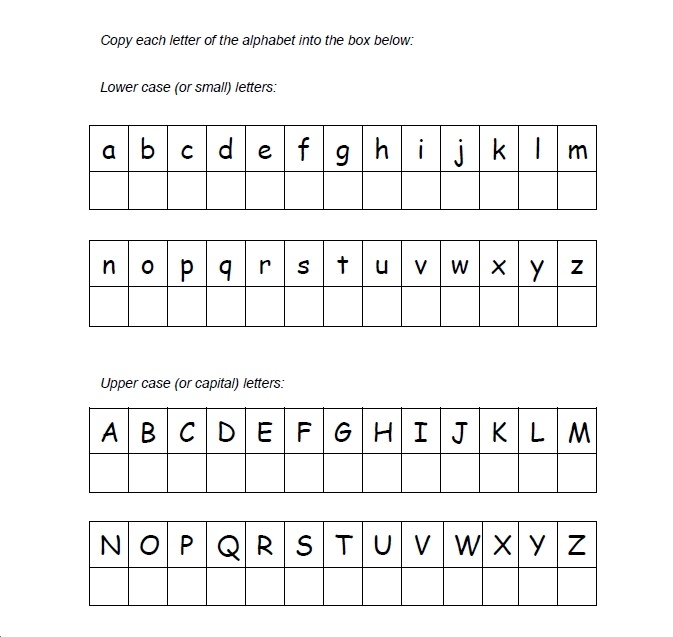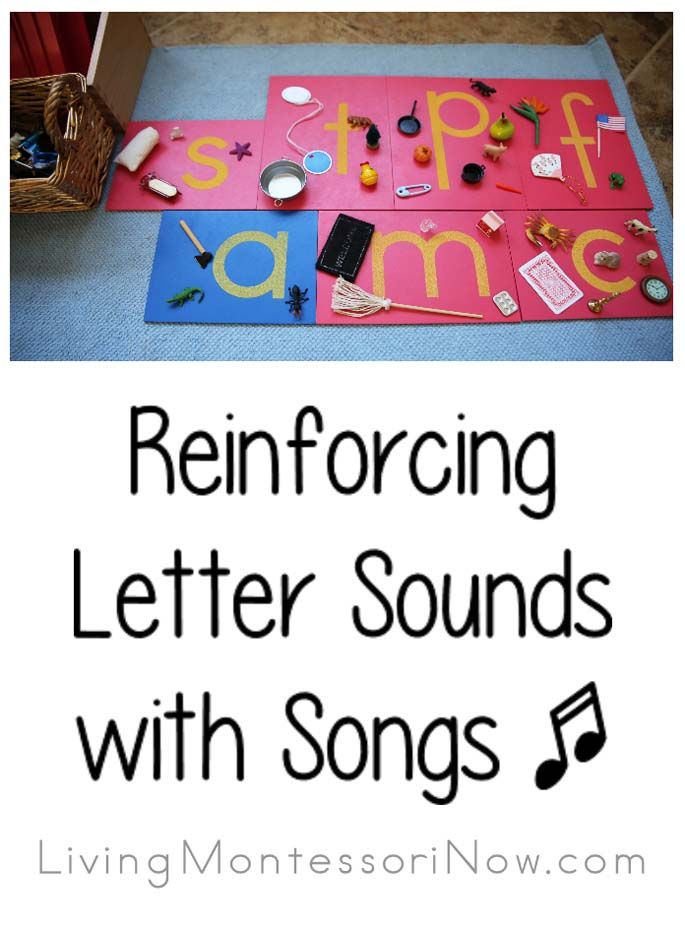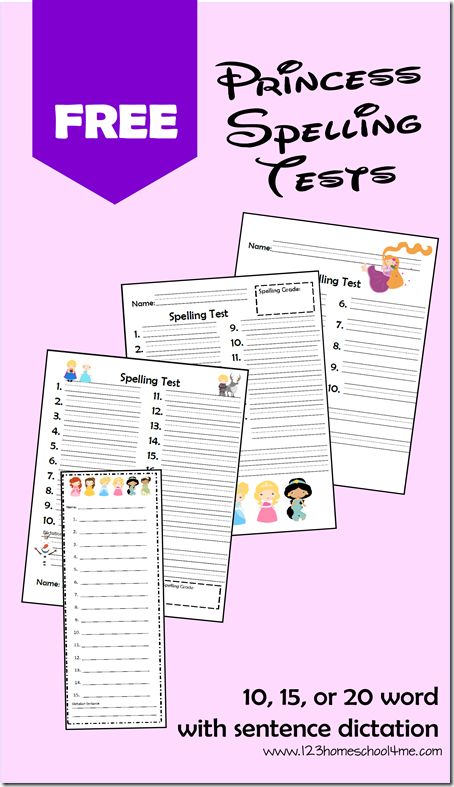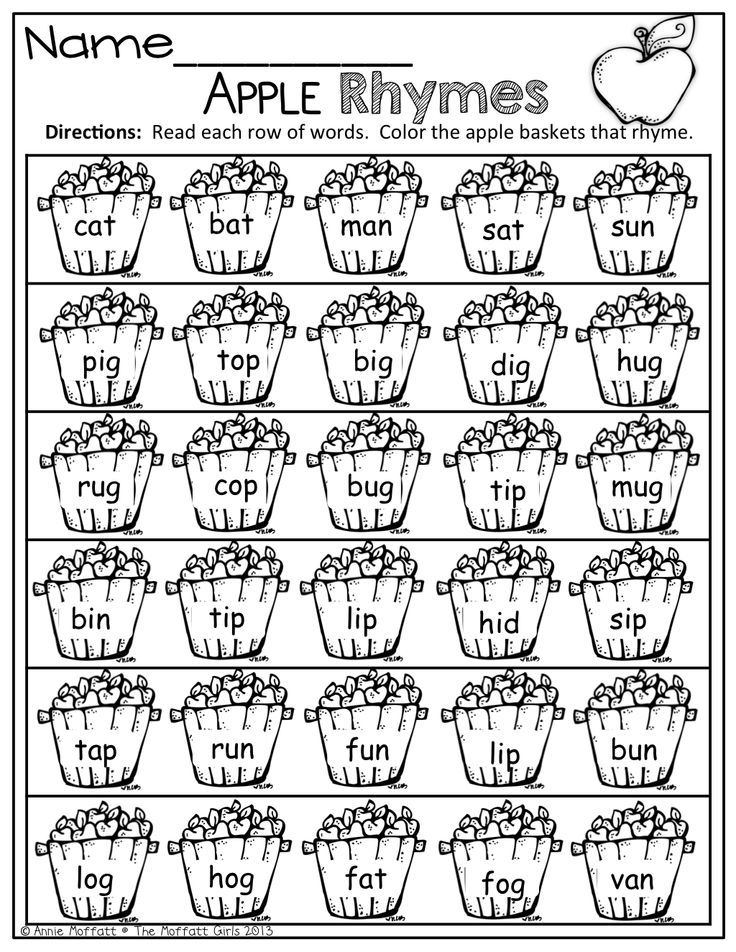Activities four year olds
15 activities for 4-year-olds to educate and entertain
What can we help you find? ArrowLeftRed SearchRed SearchClose
BackHere are several fun things to do with curious 4-year-olds who always want to try something new.
If you’re the parent or nanny of a 4-year old, it’s no surprise children this age have a short attention span and always seem to be in search of something to do. They’re also curious to discover new things and constantly learning. Here are several activity ideas for 4-year-olds that can both entertain and engage them.
Outdoor play
1. Sidewalk chalk
Using the sidewalk as a canvas inspires them to think big. Sidewalk chalk can also be used for hopscotch, tic-tac-toe, tracing out a roadway for toy cars or even making life-size game boards, which is the perfect combination of creativity and physical play.
2. Nature walk
A great way to make fresh air educational is a nature walk. Collecting leaves, interesting rocks or acorns can be a great way for kids to learn about their environment. Be sure to supervise that what they’re touching is not something harmful like poison ivy.
3. Sandbox
Adding a few plastic dinosaurs to your child’s sandbox for a dinosaur dig or even coins for a treasure hunt can make sand really exciting and ignite a hunger for exploration and discovery. Sand can also be one of the best activities for 4-year-olds who love building and construction.
Independent play
4. Book exploration
Letting your 4-year-old explore books is an important activity as she develops the skills necessary to read. Looking at pictures, imagining their own stories and reading aloud are all invaluable.
5. Dry erase boards
Your child can practice new writing skills or draw a picture from his imagination. Without a lot of different materials to confuse or overwhelm him, this simple activity is perfect to entertain.
6.
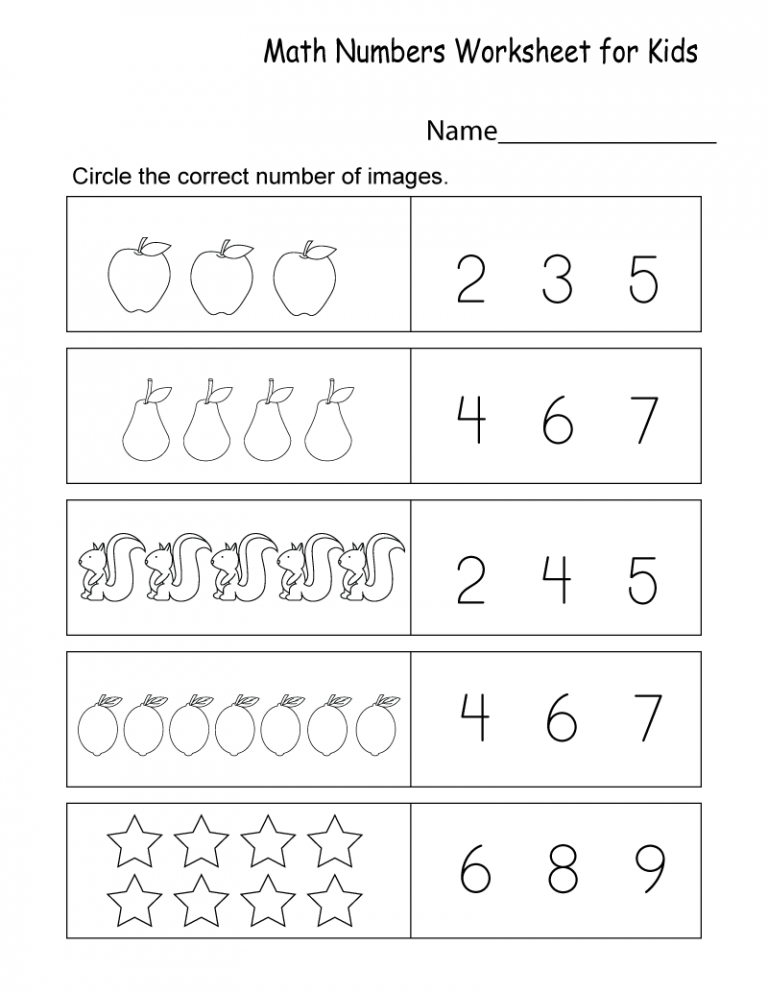 Stickers
StickersLetting your child play with stickers is a great way for her to manipulate materials, develop fine motor skills and control the progress of the activity.
Creative play
7. Dough
Manipulating clay or modeling compound is an open-ended way for kids to create and express their imagination with the benefit of developing their fine motor skills.
8. Dramatic play
A few costumes or props are all that your 4-year-old needs to act out different roles such as pretending to be mommy or daddy, a chef, farmer, ice princess or whatever his growing imagination thinks of. This type of play helps him to learn about other people in the community and is a great way to introduce new vocabulary words.
9. Art
Paint, crayons, markers, pipe cleaners, tissue paper — the supplies and possibilities are endless. Providing an opportunity for your children to express themselves, their ideas and their emotions helps them develop valuable communication skills that they will use for sharing with others their entire lives.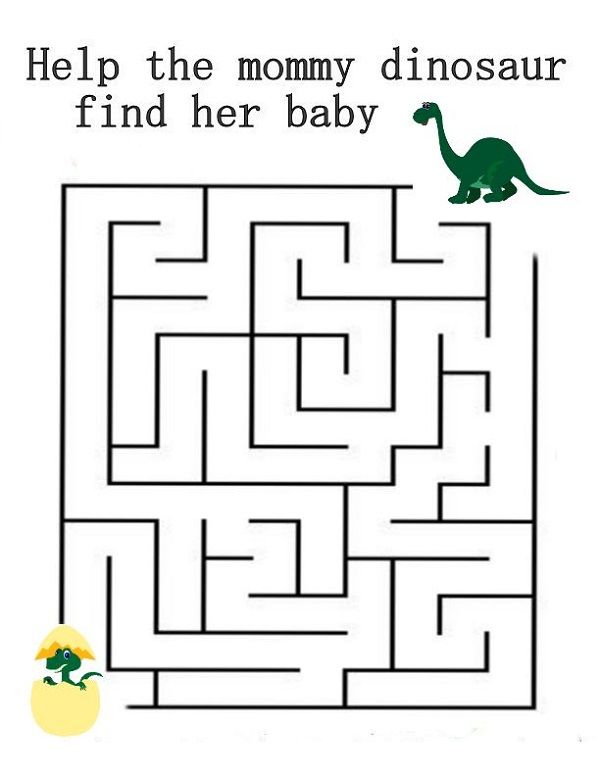
Water play
10. Laboratory
Use a few bottles of colored water to allow your children to mix and create new colors. You can also let them add dish soap or mud so they can experiment with materials and their results when added to water.
11. Washing
Let your child wash things with a bin of water, some soap and a rag or scrub brush, or even let her wash a few dishes. Although this cleaning activity could get messy, she will take great pride in the chore.
12. Ice dig
Plan ahead and freeze a few small plastic toys in water, and then let your kids dig and chip the toys out. Ice is an exciting substance to discover, and because it melts, the fun lasts for a long time.
Physical play
13. Playground
Visiting the playground in your community is a great way for your 4-year-old to socialize with other kids as well as get a little exercise to burn off some of that extra energy he has.
14. Obstacle course
For more substantial physical activity, try creating an obstacle course with a variety of different activities like balancing, hopping and running throughout your yard or local park.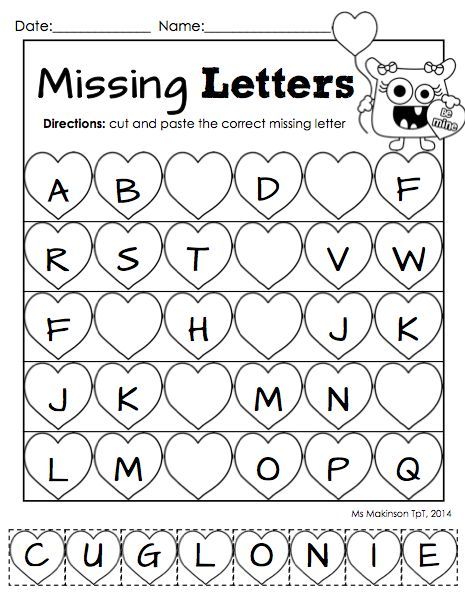
15. Sports
Whatever your 4-year-old’s favorite sport might be, sports equipment is a great way for her to be more involved in the activities that she loves. Sports can also be a way to teach sportsmanship, gross motor skills and hand-eye coordination.
Like what you're reading?
Join Care for FREE
EmailPlease enter a valid email address
Click 'Next' to start an account and get tips, tricks and trending stories.
Already Registered
The email address you entered is already registered. Would you like to log in?
Log in
Almost done!
Join Care for FREE
Create a free account to access our nation wide network of background checked caregivers.
First Name
Please enter first name
Last Name
Please enter last name
Zip CodePlease enter a valid zip code
By clicking "Join now," you agree to our Terms of Use and Privacy Policy.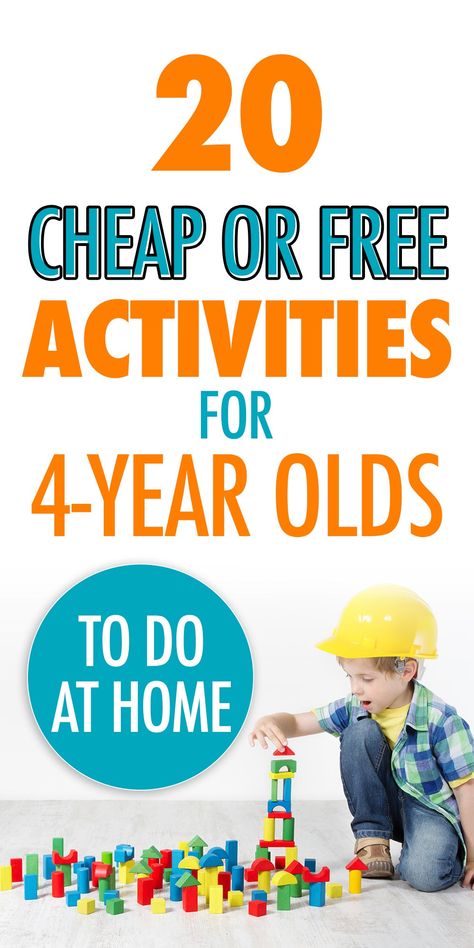
Welcome to Care!
You're on your way to finding someone your family will love.
Start now
22 Best Activities For 4-Year-Olds At Home (2022)
Table of Contents
Four years old is an extremely fun age as your preschooler is learning an entirely new set of skills and perfecting the ones that they have already learned.
There are never ending opportunities for activities that you can do with your little one and almost as many that they can do alone. Four is a great age to really encourage independent play and give them opportunities to entertain themselves.
Towards the end of the article we also have some helpful suggestions on free activities for 4-year-olds that will keep your little person busy!
Our son, Kingsley, with his baby sister on their new climbing gym.22 Engaging Activities for 4-Year-Olds
-
1. Practice with Flashcards
Flash cards are a fun way for your four-year-old to perfect their knowledge of shapes, colors, letters, and numbers. This is an educational activity that you can do with your child as well as something that they can do on their own.
View on Amazon.com ➜
-
2. Learn with a Play Laptop
Leapfrog laptops are an awesome way to let your preschooler learn their letters in a fun and independent way. Working with the buttons is a great way to improve their fine motor skills and your little one will love working on his laptop while you work on yours.
View on Amazon.com ➜
-
3. Play with Puzzles
At four, your little one should be able to put together a simple puzzle with around fifty or less pieces.
 Allowing your preschooler to play with puzzles is a great developmental activity that helps with dexterity, spatial awareness, and cognitive skills. As a bonus, this is something that can be done multiple times without it losing its luster.
Allowing your preschooler to play with puzzles is a great developmental activity that helps with dexterity, spatial awareness, and cognitive skills. As a bonus, this is something that can be done multiple times without it losing its luster.View on Amazon.com ➜
-
4. Practice Drawing with Crayons
Crayons are fun and inexpensive which makes it an ideal learning activity for a lively preschooler. At four, you are able to give them a little more freedom to color without having to worry as much about the mess they will make. It’s a fantastic and easy activity to perfect their fine motor skills and encourage their imagination.
View on Amazon.com ➜
-
5. Play with Playdough
Play dough has endless combinations which not only makes this fun activity entertaining, but also lasting.
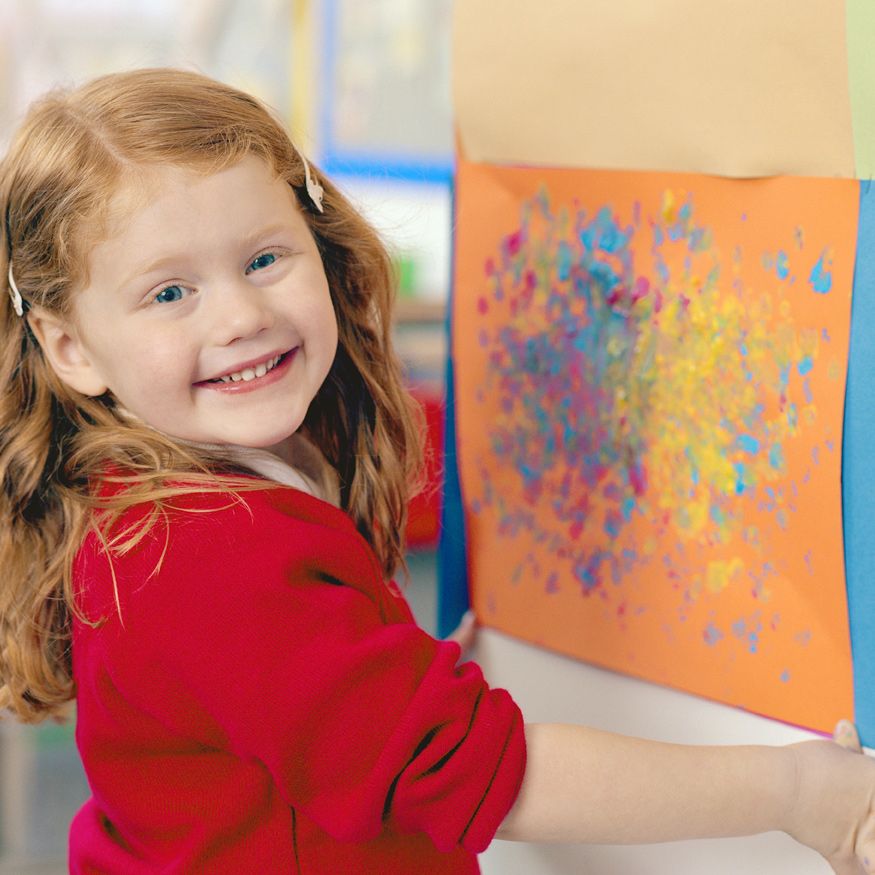 Your little one can enjoy hours of rolling, shaping, and cutting all the while using their imagination and creativity.
Your little one can enjoy hours of rolling, shaping, and cutting all the while using their imagination and creativity.View on Amazon.com ➜
-
6. Build a Fort
Forts are even more fun at this age than ever before because your preschooler can make it exactly what they want. It becomes a fun place for them to read books, play with stuffed animals, and maybe even take a nap. Fort kits are a fun way to let your child’s imagination really run free because of the endless combinations you can create.
View on Amazon.com ➜
-
7. Ride a Horse or a Unicorn!
PonyCycle is a fun way for kiddos to burn off some extra energy indoors or outdoors. Easy for kids to operate on their own, this riding toy doesn’t require batteries or electricity to move.
 Functional steering and braking provide a “kid-powered” experience that’s not only practical but a great way to get some extra exercise. Available in a range of sizes and styles, PonyCycle’s soft fur and friendly face make for a lovable plush companion between rides.
Functional steering and braking provide a “kid-powered” experience that’s not only practical but a great way to get some extra exercise. Available in a range of sizes and styles, PonyCycle’s soft fur and friendly face make for a lovable plush companion between rides.View on Amazon.com ➜
-
8. Play a Board Game
Although this is a fun activity for four-year-old’s, it does require a second player. However, board games are a great learning activity to teach your little one about taking turns and following instructions. They will simply feel like they are playing while they are learning these important life skills.
View on Amazon.com ➜
-
9. Play with Musical Instruments
Music is crucial for children’s development and playing with instruments is a fantastic and stimulating activity for preschoolers.
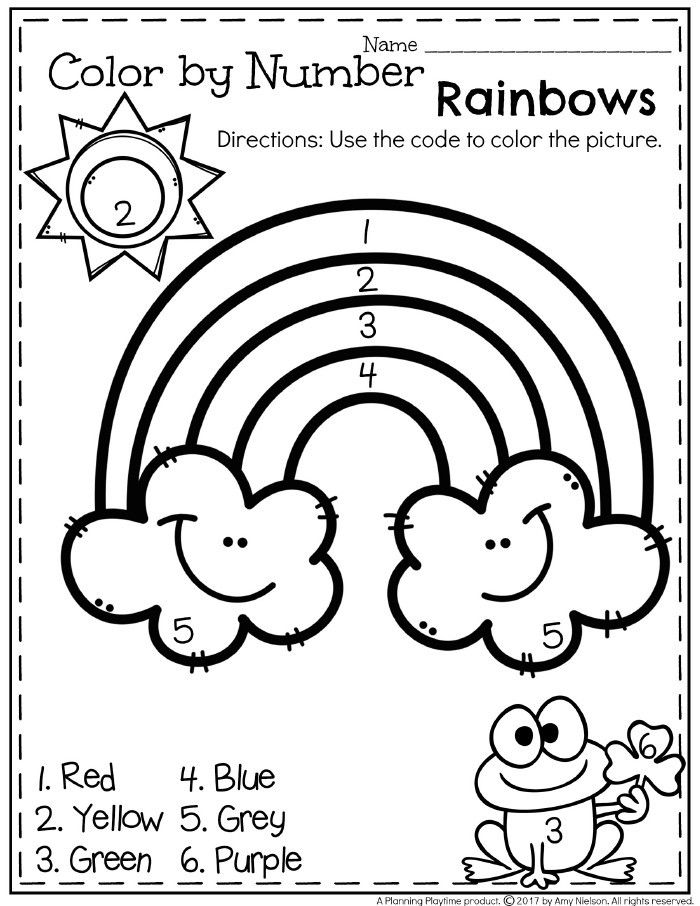 Simply playing some music and allowing your little one to play along with it is a fun way to keep them busy and let them learn at the same time.
Simply playing some music and allowing your little one to play along with it is a fun way to keep them busy and let them learn at the same time.View on Amazon.com ➜
-
10. Play Pretend with Imaginative Toys
At this age, your little one is using their imagination at all times. You can foster that creativity by allowing them to play pretend whether that be chef, doctor, or astronaut. Having toys that your little one can play with to help their imagination is a great way to encourage imaginative play.
View on Amazon.com ➜
-
11. Imaginative Play with Dress Up
Dress up is fun for kids of all ages and four-year-olds are no exception. There are a plethora of different costumes you can let your little one experiment with, and they will enjoy running around playing pretend and dreaming.
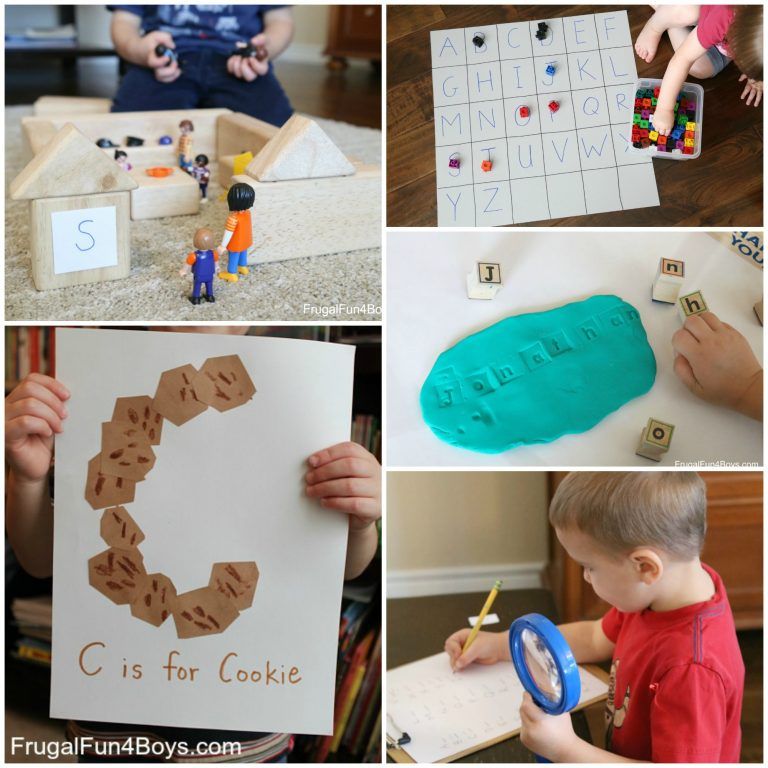
View on Amazon.com ➜
On An Important Side Note… Asher and I (pictured) feel it’s necessary to highlight the value of life insurance for parents with young kids. After extensive research, we discovered that parents can get insured for as little as $10 per month. We use Ladder Life who offers coverage up to $3M per parent (without a medical exam, just a few health questions) and you can apply 100% online.
Get a quote in less than 30 seconds at LadderLife.com ➜
-
12. Build with Legos
Legos are great for both imaginative play and practicing dexterity. The bright colors make this a stimulating activity for preschoolers and they will have fun experimenting with different shapes and structures as they learn more about foundations and building techniques.
View on Amazon.com ➜
-
13. Make a Sensory Bin
Sensory activities are an awesome way to stimulate and entertain your little one. At four, you are able to branch out a little bit with the fillers that you use because you are able to trust that they aren’t going to try to eat it. I love using kinetic sand for sensory bins now that my son is older because it not only acts as a filler but also entertainment in and of itself. All you need to do is throw in some fun toys and your preschooler can enjoy digging and playing.
View on Amazon.com ➜
-
14. Play Actively with Bubbles
Bubbles are an awesome way to encourage active play in your four-year-old. In order to make this a hands-off activity for parents, it is important to utilize a bubble machine or toy that your little one can use on their own. For preschool aged kids, these bubble guns are a fun way to let them make their own bubbles without getting frustrated.

View on Amazon.com ➜
-
15. Practice Letters with Alphabet Cards
Four is the perfect age to really start learning how to write and recognize letters. Letting your little one look at letters and practice writing them on their own is a great educational activity to ensure that they will be well prepared when it comes time to learn the alphabet in preschool or kindergarten.
View on Amazon.com ➜
-
16. Cool Off in a Kiddie Pool
On warm days, water activities are a great way to entertain your preschooler as well as instantly improve their mood. If you’re able to sit outside within a safe distance from the pool, you can let your little one enjoy splashing in a couple inches of water on their own. When you add some waterproof toys to this activity, it can keep your child happy and entertained for long periods at a time.
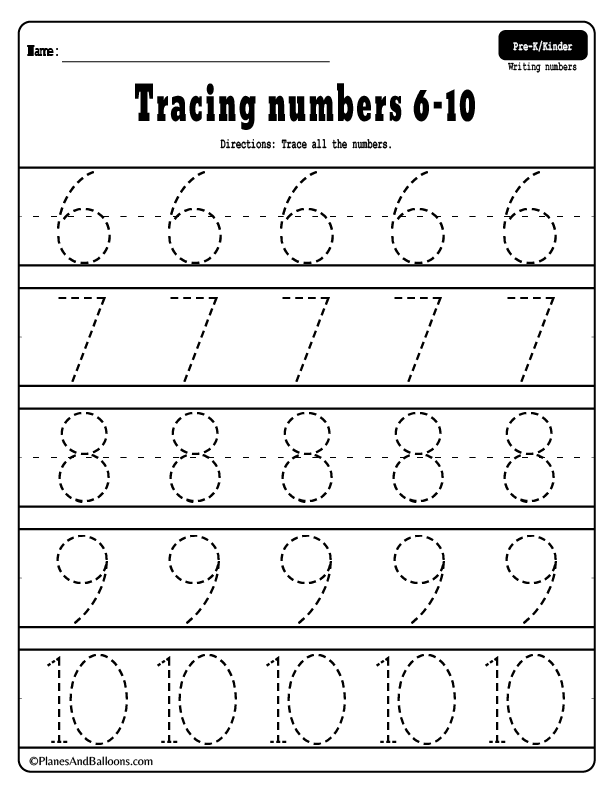
View on Amazon.com ➜
-
17. Read and Learn with Books
Four is generally too young to know how to read entirely on their own, but it’s the perfect age to practice as well as imitate what they see. Flipping pages and looking at the different pictures is a great way to encourage dexterity as well as imagination and it will build good habits for your little one and foster a lifelong love of reading.
View on Amazon.com ➜
-
18. Play Backyard Sports
Sports are undeniably a wonderful activity for kids, but what you may not realize is that it doesn’t need to be an organized sport for it to be fun. Simply letting your little one play with balls, bats, or hoops in your backyard will be enough to encourage active play and foster a love of sports.
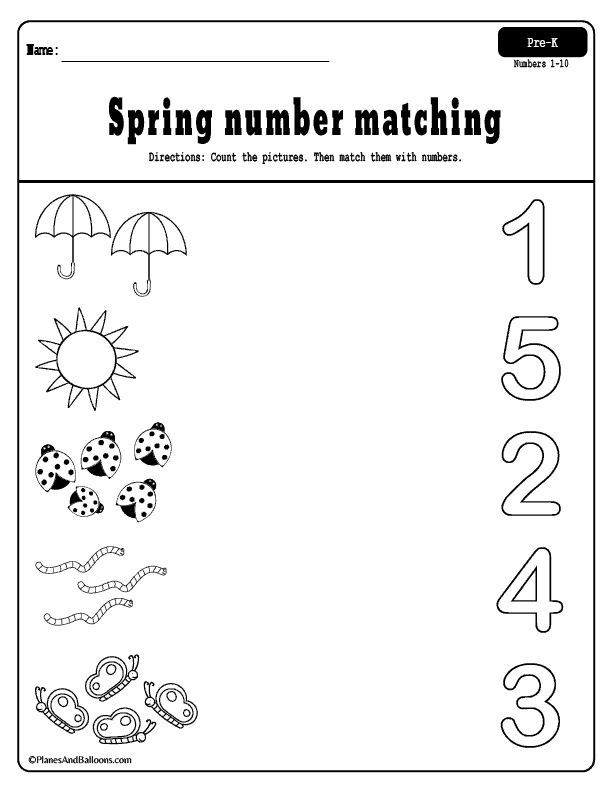 T-ball is a great sport that your little one can play entirely on their own so that you can enjoy some time to yourself.
T-ball is a great sport that your little one can play entirely on their own so that you can enjoy some time to yourself.View on Amazon.com ➜
-
19. Practice with Scissor Skills
Arts and crafts are more fun than ever before now that your preschooler is old enough to really participate in them. Kid-safe scissor activities are great for practicing dexterity and fine motor skills and it is a great way to let your preschooler have a little bit of freedom and independence.
View on Amazon.com ➜
-
20. Explore Nature
Curiosity both works with us and against us at this age, but activities that encourage our preschoolers to use that part of their brain can help to harness it in a productive way. A great activity for curious kids is to let them explore nature within your own yard.
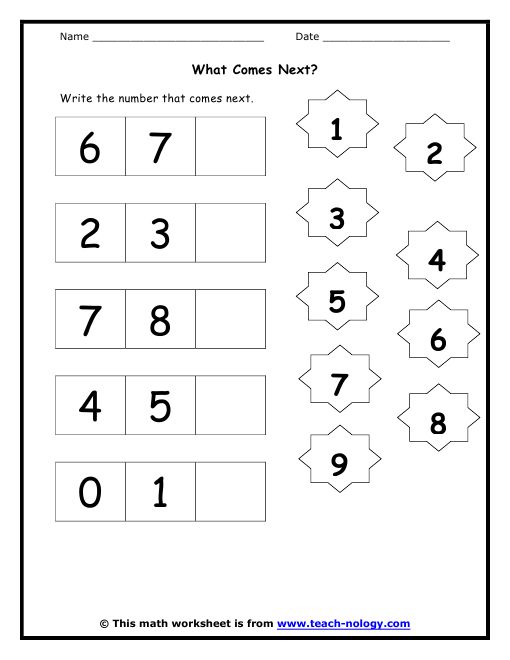 My son loves to find cool rocks, pretty flowers, and interesting-looking leaves and collect them in a shoebox.
My son loves to find cool rocks, pretty flowers, and interesting-looking leaves and collect them in a shoebox.View on Amazon.com ➜
-
21. Make Puppets
As we mentioned, arts and crafts are an awesome stimulating activity for preschoolers and making puppets is a great way to combine that with imaginative play as they make up a life for their puppet afterwards. Coming up with puppet shows after is another great activity that will last for a long time.
View on Amazon.com ➜
-
22. Make Marble Art
All you need for this activity is a Ziploc bag, some non-toxic paint, a piece of paper, and a couple of marbles. Just place the paper and a couple dollops of paint into a Ziploc bag, throw the marbles in and let your little one push the marbles around.
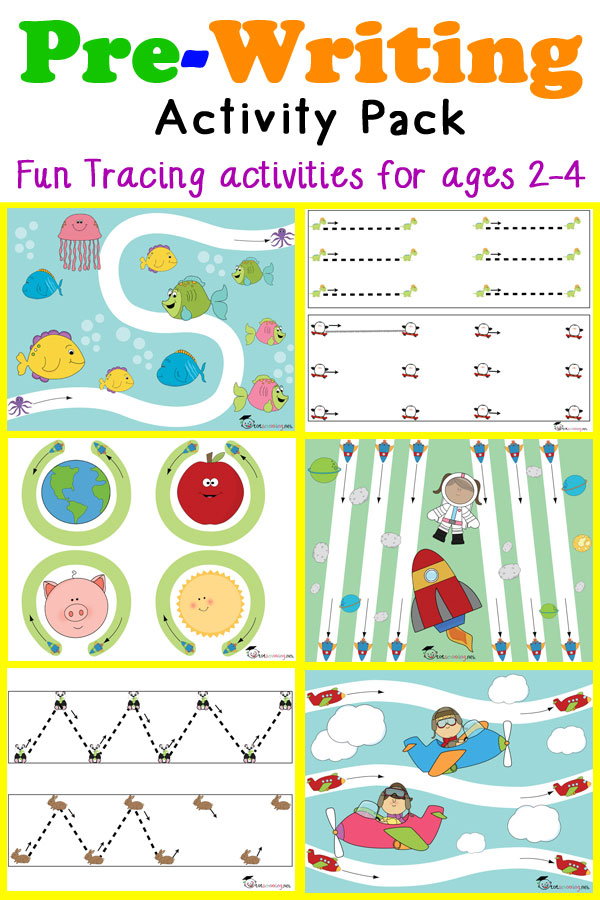 It creates a cool effect on the paper and it’s a non-messy way to let your preschooler finger paint.
It creates a cool effect on the paper and it’s a non-messy way to let your preschooler finger paint.View on Amazon.com ➜
7 Free Activities for Four-Year-Olds
If you are looking for activities that don’t require any additional supplies or if you want something that you can do with no notice, we have included some activities that you can do with items around your house.
-
1. Practice Letters
A simple way to let your preschooler practice recognizing and writing their letters is to just take a piece of paper and write an uppercase letter on it and then let your little one copy it. You can also do this activity with numbers depending on what you are working on.
-
2. Build a Fort
You can build a fort just using items around your home whether that be couch cushions, blankets, sheets, or kitchen chairs.
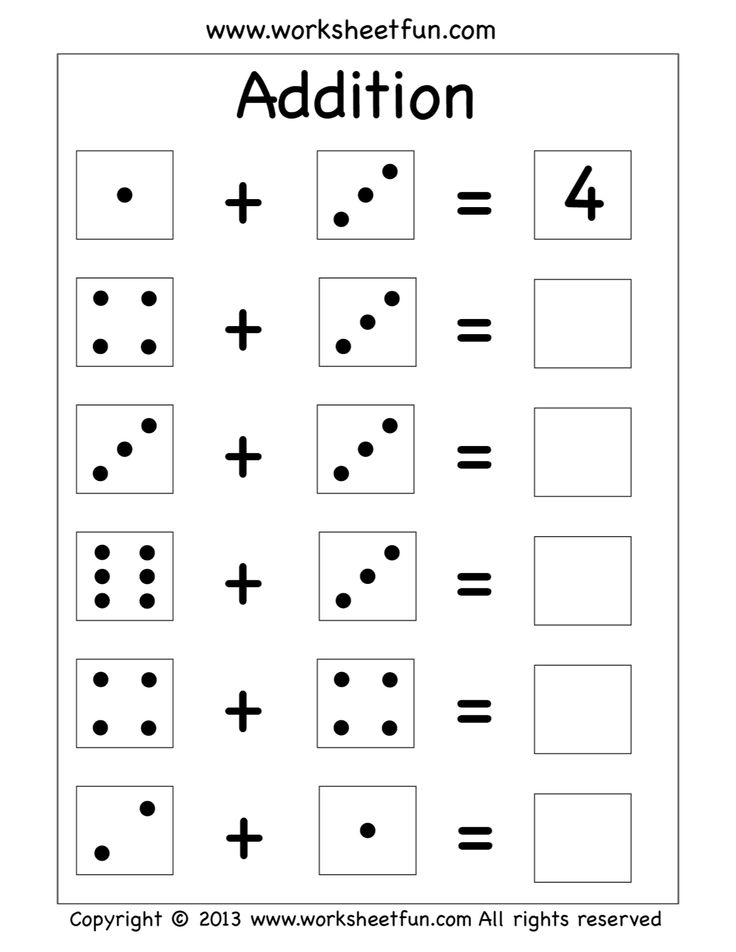 You can let your preschooler experiment with different shapes and structures and then they can enjoy reading or playing in their own private room.
You can let your preschooler experiment with different shapes and structures and then they can enjoy reading or playing in their own private room. -
3. Make Your Own Playdough
If you don’t want to purchase playdough, you can make it with a few simple ingredients. All you will need is flour, cream of tartar, water, food coloring, oil, and salt and simply mix the wet ingredients and dry ingredients separately. After they’ve been mixed separately, you combine the two and cook over medium heat until it resembles the correct texture. Then you can store it in an airtight container for endless fun!
-
4. Help with Chores
While this may seem like it would not be a fun activity, you might be surprised with how much your little one enjoys doing what they see you do.
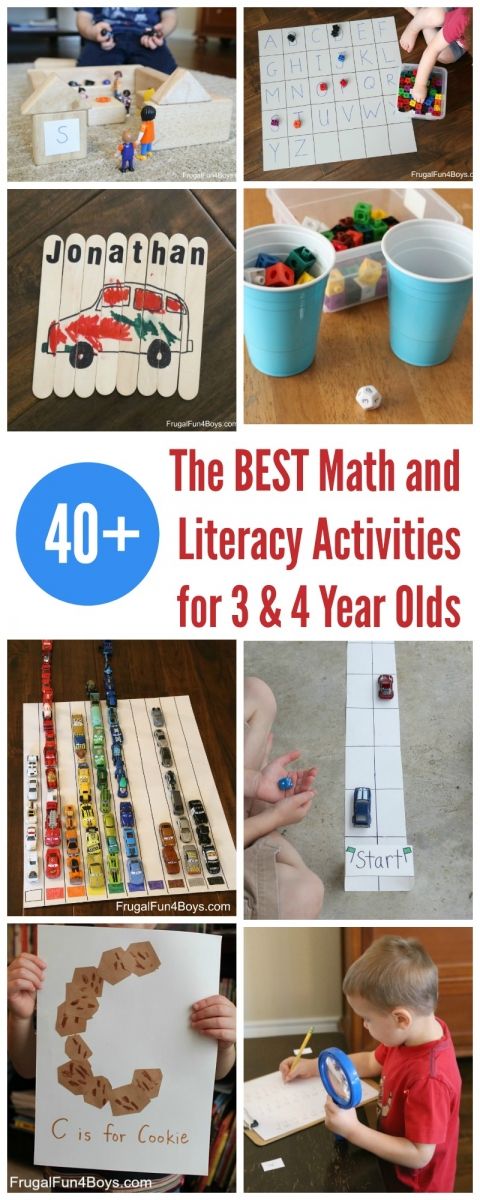 While doing housework, you can give your preschooler a damp cloth and ask them to clean something in the room you’re working in. Not only is this a great way to teach them to follow instructions, it also encourages them to learn life skills at a young age!
While doing housework, you can give your preschooler a damp cloth and ask them to clean something in the room you’re working in. Not only is this a great way to teach them to follow instructions, it also encourages them to learn life skills at a young age! -
5. Have a Scavenger Hunt
You can create a scavenger hunt list, complete with pictures, and let your little one run around your house and find objects. If you can write the list on durable paper, this is an activity that can be repeated over and over again. It is a great way to teach your preschooler to follow directions and complete tasks.
-
6. Have a Dance Party
If you’re okay with a little extra noise in your home, you can hold a dance party for your little one. Music in general is a wonderful developmental activity and your preschooler might even come up with some unique and creative instruments while they jam out.
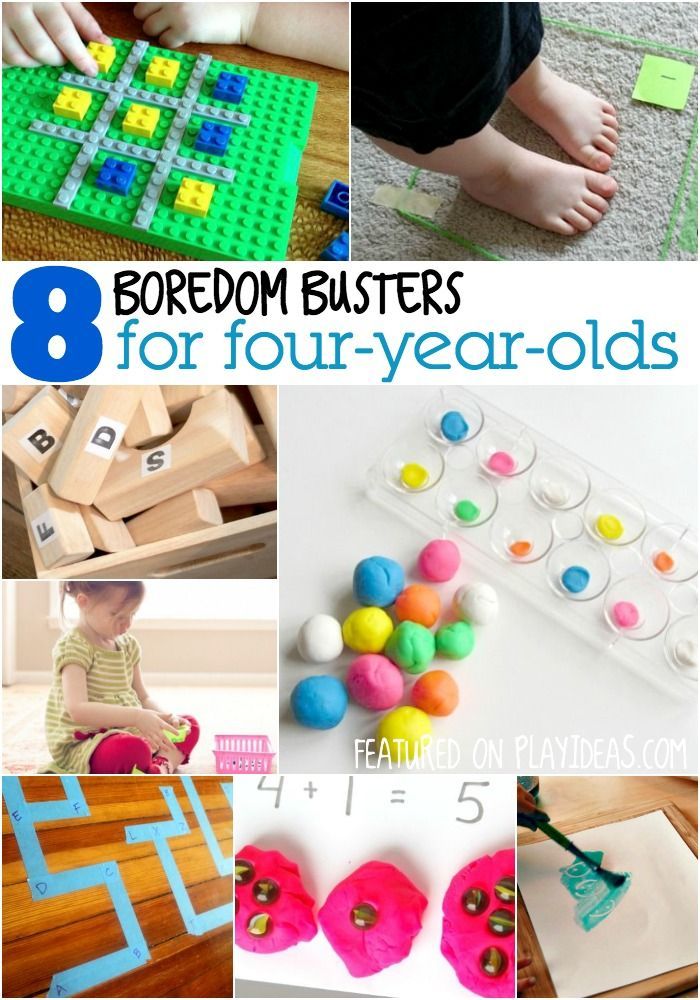
-
7. Make a Self Portrait
All you will need for this is a piece of paper, a mirror, and some sort of drawing utensils. You can set your little one up in front of the mirror and encourage them to draw themselves by what they see in their reflection. This is a great learning activity to encourage them to look at their own face and recognize parts of it while honing the fine motor skills necessary to draw details. Just be prepared that they will probably also use their imaginations and add details like rainbow hair or a third eye!
Conclusion
While it may be a daunting task to try to entertain an active and lively four-year-old while also trying to do all of the things that you need to accomplish in a day, that doesn’t mean it is impossible. It may even prove to be a fun challenge as you and your preschooler learn and play together and also as they learn how to self soothe and play independently.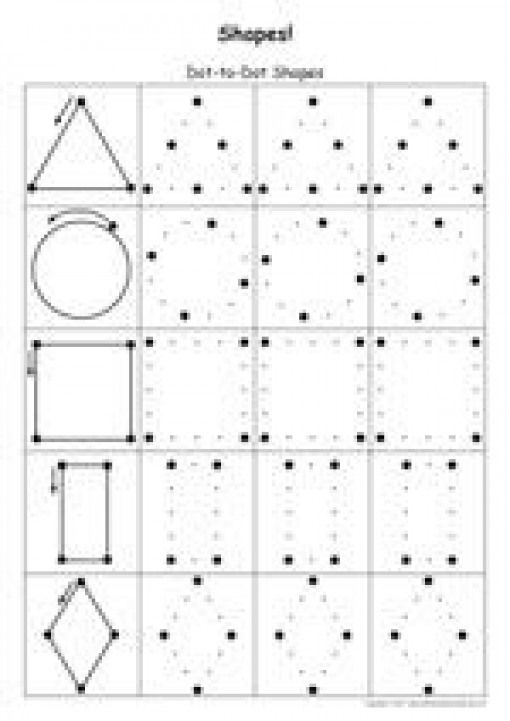 One or more of the activities on the list would be a great way to get started and help you figure out the best ways to entertain your little one while maintaining your sanity.
One or more of the activities on the list would be a great way to get started and help you figure out the best ways to entertain your little one while maintaining your sanity.
Development of memory in preschool children
References:
Ismatullaeva, G. E. Development of memory in preschool children / G. E. Ismatullaeva. - Text: direct // Young scientist. - 2015. - No. 13 (93). - S. 641-644. — URL: https://moluch.ru/archive/93/20444/ (date of access: 12/15/2022).
Preschool childhood is a period of intensive development of all mental processes that provide the child with the opportunity to get acquainted with the surrounding reality. The child learns to perceive, think, speak; he masters many ways of acting with objects, learns certain rules of behavior and begins to control himself. All of this involves the work of memory. Without it, it is impossible to assimilate social experience, expand the child's connections with the environment, and his activity is also impossible.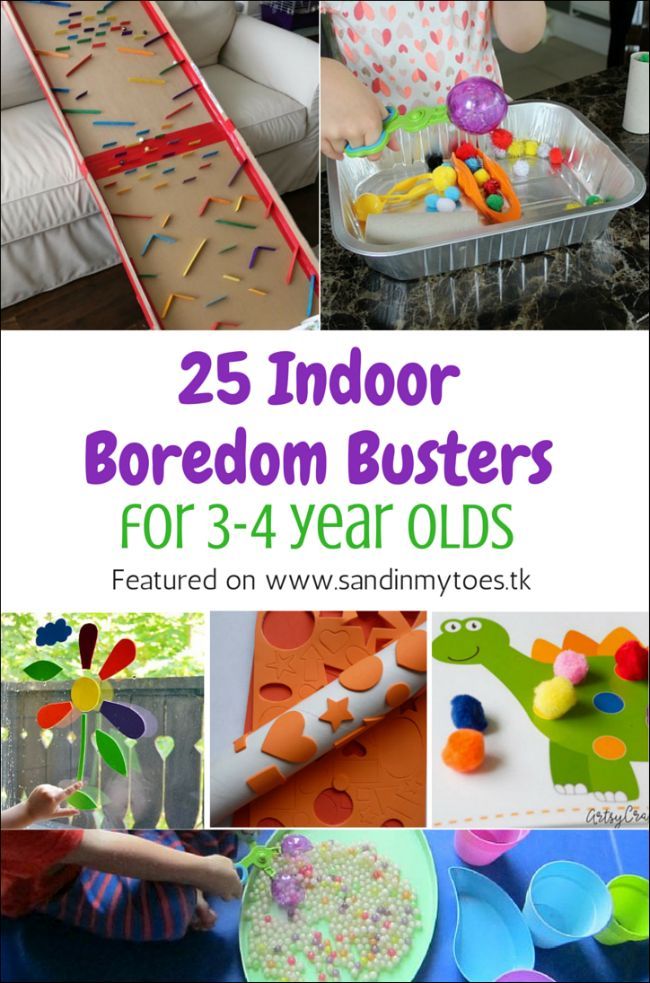
Significant changes occur in the memory of children at preschool age. The continuous expansion of horizons, the rapid acquisition of knowledge, skills and abilities speaks of quantitative changes in the child's memory. The most important task of education is to ensure such a degree of assimilation of knowledge in which the child can easily use them. The completeness, accuracy and ease of reproduction depends on how it was organized. Memorization can be voluntary and involuntary.
Entering into various relationships with the environment, carrying out practical activities, the child learns and remembers many objects. In this case, the speech activity of children is of great importance. The child better remembers the objects that he perceives, with which he operates, in the case when he names them. During practical classes in preschool institution No. 14 of the city of Ferghana in the middle group, four-year-old children, looking at pictures without purposeful guidance from the educator, involuntarily memorized only 2–3 pictures out of 12, while their other peers, naming the depicted objects at the request of the educator, memorized 6 pictures out of 12.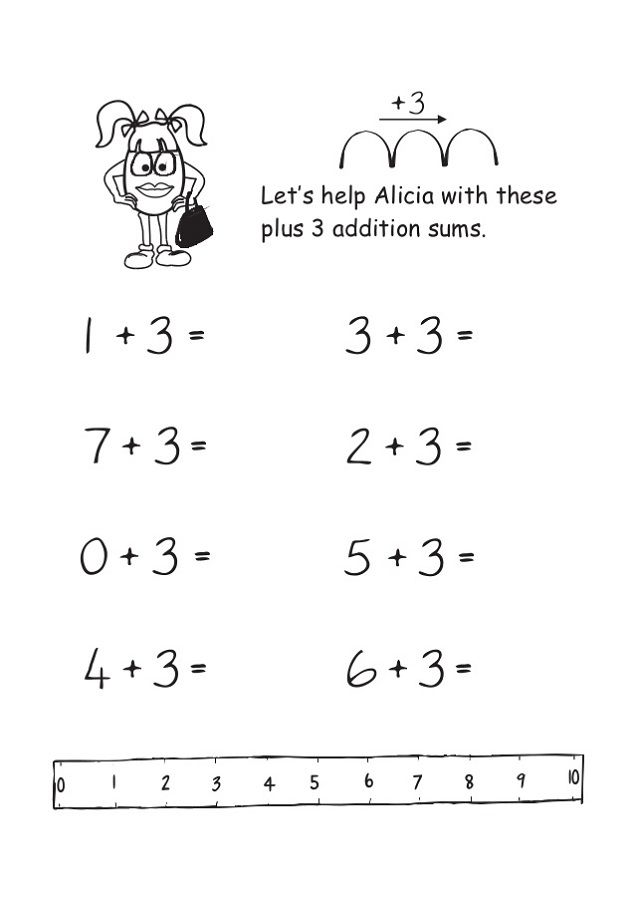
Active perception of literary works by children is of great importance for the development of involuntary memorization. This is expressed in empathy with the hero and in mental action with him: the child sympathizes with the hero, wants to help him do the same as he does, puts himself in the place of the character. Better memorization of poems is also facilitated by such forms of children's activity as game action, reading in faces, and dramatization. A big place in the life of preschoolers is occupied by a picture. They help educators to consolidate children's knowledge of objects already known to them and expand the horizons of children, introducing them to new objects and phenomena. A picture is an important means of developing speech, thinking, memory and imagination.
Involuntary memory in children increases significantly if they compare pictures with each other, find common features, combine them. Thus, the more active and meaningful is the activity of children with the material, the higher is the productivity of their involuntary memorization of this material.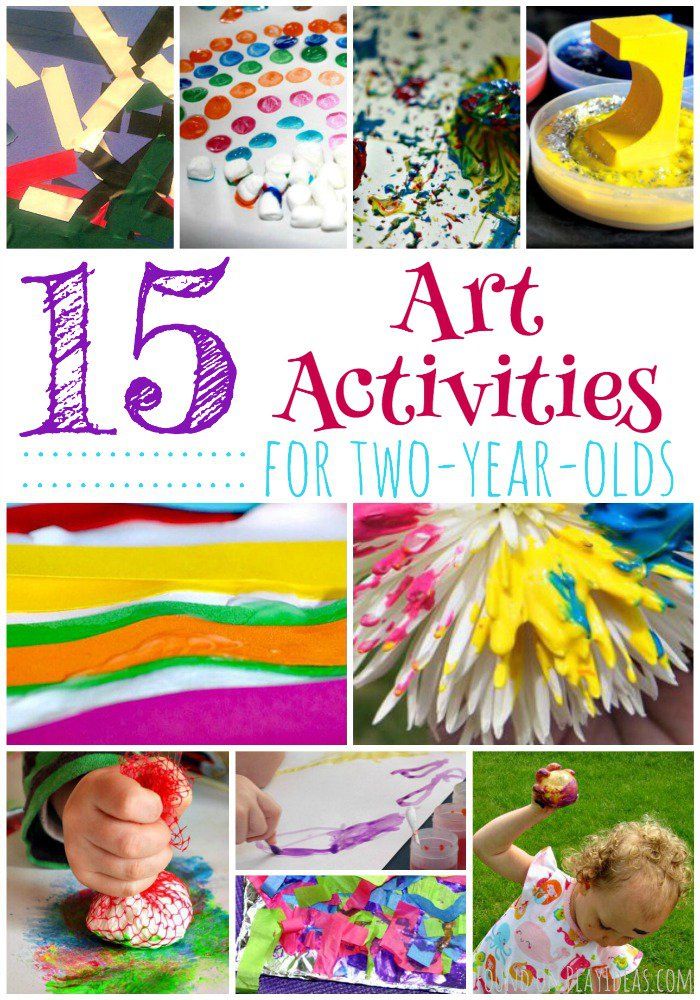
Our memory is selective: it is better to remember what is important, interesting, more significant for a person. Therefore, the task of directing the involuntary memory of children includes the task of expanding the interests of children, educating their curiosity. Interest is not only a condition for the successful completion of work, but also arises in the process of its implementation. Therefore, it is important to form in children a conscious, responsible attitude to the activities that they carry out, since the results of involuntary memorization largely depend on this. The main thing that characterizes qualitative changes in the memory of a child of preschool age is is the transition from its involuntary to its arbitrary processes. In children of four years of age, memory has an unintentional character: the child still does not know how to set a goal to remember-remember, does not own the methods, techniques that would allow him to deliberately carry out the processes of memorization and reproduction.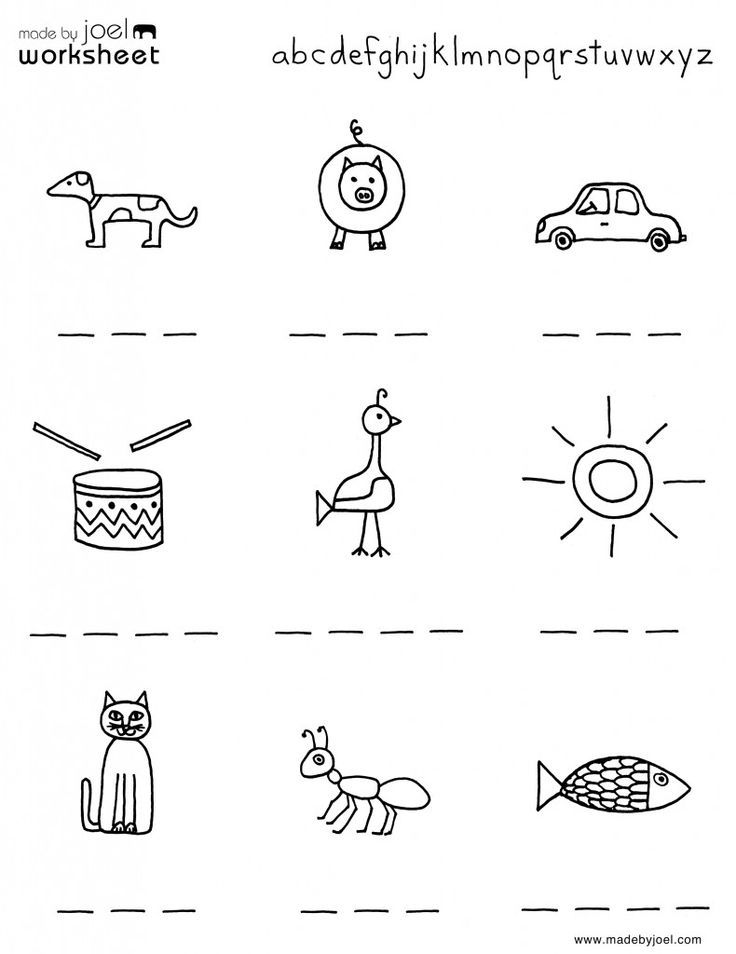 The child remembers involuntarily, it is this that provides him with a variety of knowledge about objects and phenomena of reality, their properties and connections, about people and their relationships. It enriches the emotional sphere of the child, promotes the acquisition of speech, numerous actions with objects, the formation of the child's behavioral skills with other children and adults.
The child remembers involuntarily, it is this that provides him with a variety of knowledge about objects and phenomena of reality, their properties and connections, about people and their relationships. It enriches the emotional sphere of the child, promotes the acquisition of speech, numerous actions with objects, the formation of the child's behavioral skills with other children and adults.
One of the important prerequisites for children's readiness for school is the development of arbitrary forms of their psyche. Already at preschool age, children learn to control their behavior and actions. They develop voluntary perception, the ability to examine objects, conduct targeted observation; voluntary attention occurs. The school makes great demands on the arbitrary memory of children: from the first days of being at school, the child has to memorize a variety of educational material, remember numerous rules of behavior. The inability to remember, like any other shortcomings in the child's mental development, affects his studies and influences his attitude to school.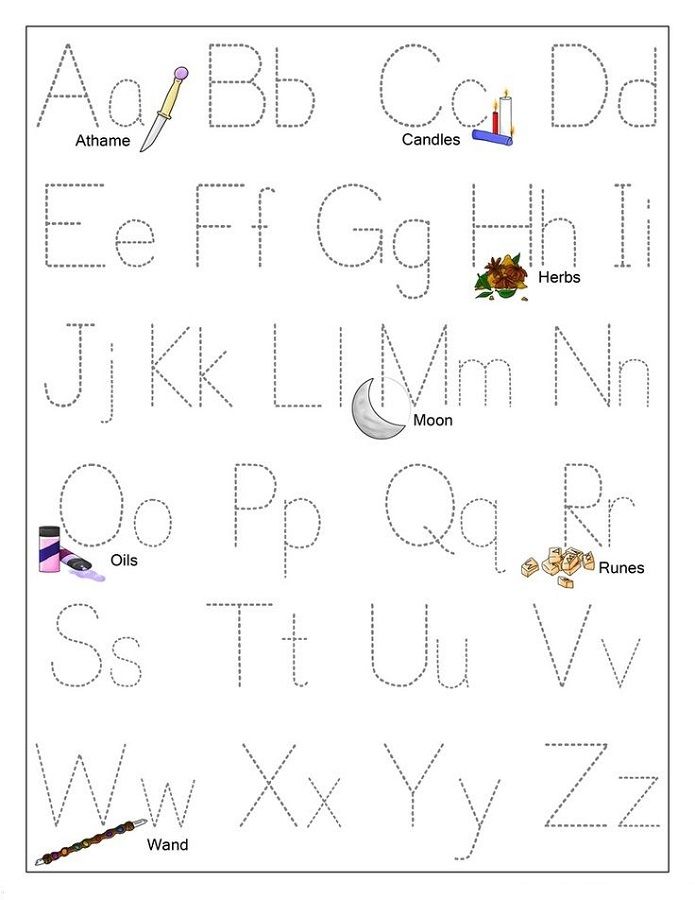
There are children who do not want and do not like to study. Their energy is spent not so much on completing the task, but on overcoming their unwillingness to engage in this activity. Forced by adults, fearing possible punishment, children are forced to somehow obey the demands of their elders, however, the performance of certain tasks is associated with various negative emotions: they often fail, and this, as a rule, causes even greater discontent of adults which inevitably leads to new unpleasant experiences of the child. From the generalization of negative emotions as temporary states, a stable negative attitude is born, in this case, dislike for learning activities. At the same time, not without the influence of adults, the child is affirmed in the opinion that he will not be able to cope with the task, and the conviction of his inability gives rise to regular failures in activity. The child himself cannot get out of this circle. The task of the teacher is to help him, to provide an opportunity to experience positive emotions by putting the child in conditions under which he experiences the joy of success.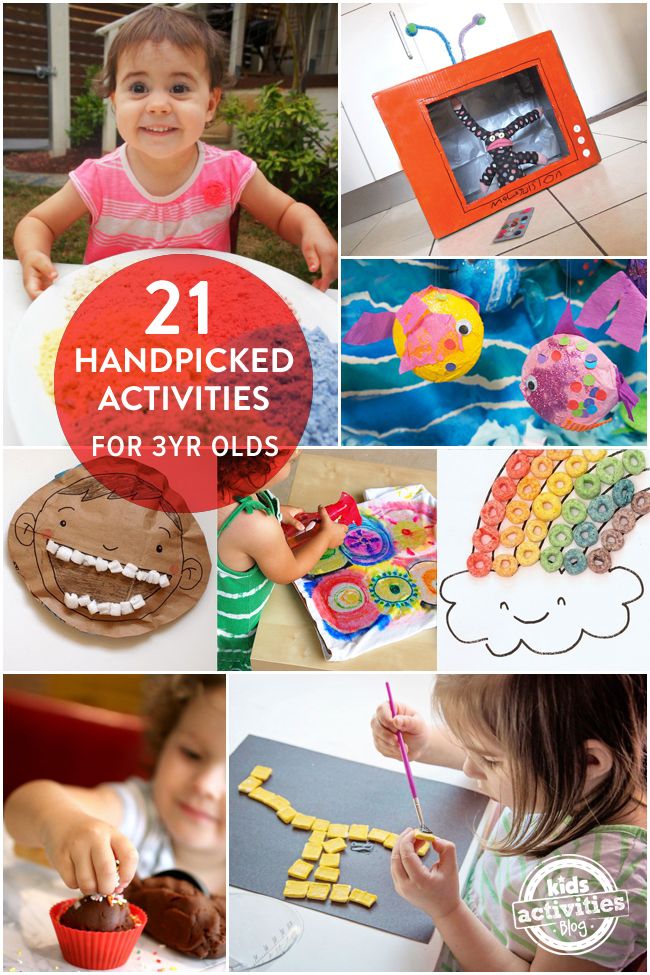
All this is directly related to the activity of memory. The studies of scientists (P. Zinchenko, A. Smirnov, N. Kupriyanov, T. Fedoseev, E. Udaltsova) convincingly show that the productivity of memory largely depends on the state of a person, his attitude to his abilities. Self-doubt, fear of making a mistake, not remembering, fear of not remembering to a large extent fetter a person, reduce the efficiency of his memory. Meanwhile, the reserves of our memory are enormous. In those cases when the teacher manages to remove the barrier of uncertainty, fear, establish favorable emotional contact with children, induce in them a state of "emancipation", the joy of participating in interesting activities, the emotional and intellectual forces of the child are mobilized, which greatly increases the possibilities of both his involuntary and voluntary memory.
Arbitrary memory is characterized primarily by the fact that it is aimed at remembering certain objects, connected with the fact that a person sets himself the goal of remembering - to remember.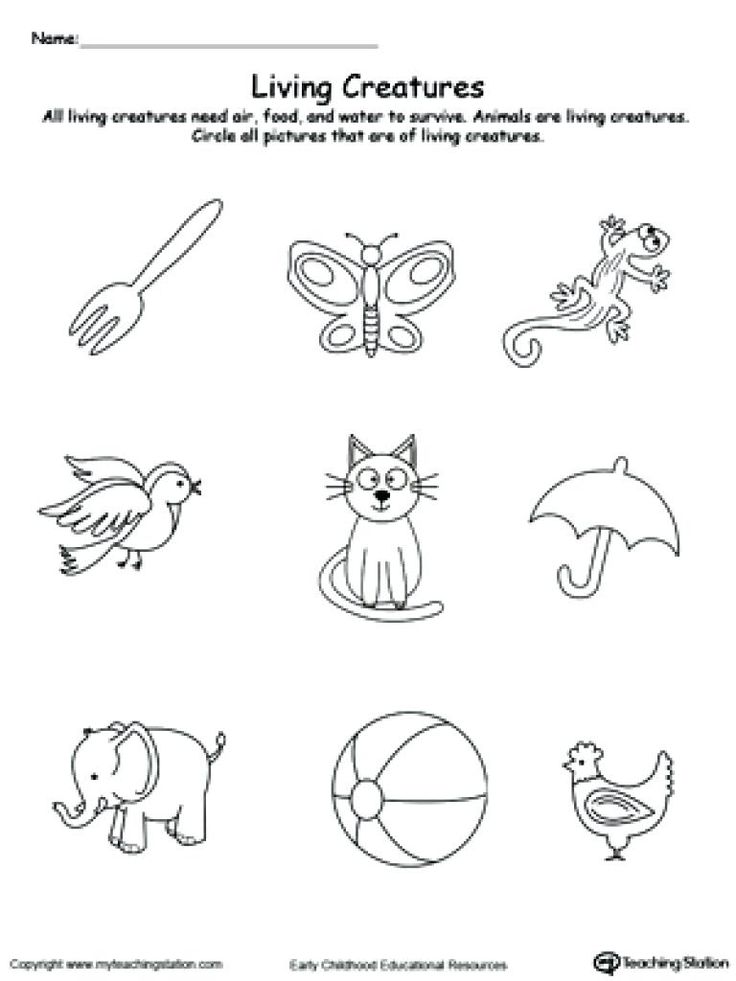 The development of voluntary memory in children begins with the allocation of special mnemonic tasks for recall and memorization. In a child, the goal to remember appears before the goal to remember, the development of arbitrary memory begins with the development of arbitrary reproduction, after which arbitrary memorization already occurs.
The development of voluntary memory in children begins with the allocation of special mnemonic tasks for recall and memorization. In a child, the goal to remember appears before the goal to remember, the development of arbitrary memory begins with the development of arbitrary reproduction, after which arbitrary memorization already occurs.
When performing a practical task, the desire to remember is observed in children of three and four years of age; in the process of playing, the acceptance of the goal to remember is most clearly found in children aged four to five years. Identification, awareness of mnemonic goals by children is facilitated by special games and classes in a preschool institution and family. At the same time, the preparation of children for the development of their arbitrary memory begins quite early. Among the various didactic games organized with three-year-old children for the development of memory, the following games can be recommended: “Do as it was”, “What is missing?”, “What has been added?”, “Find what you need”, “Look and remember”, “ What changed?" etc.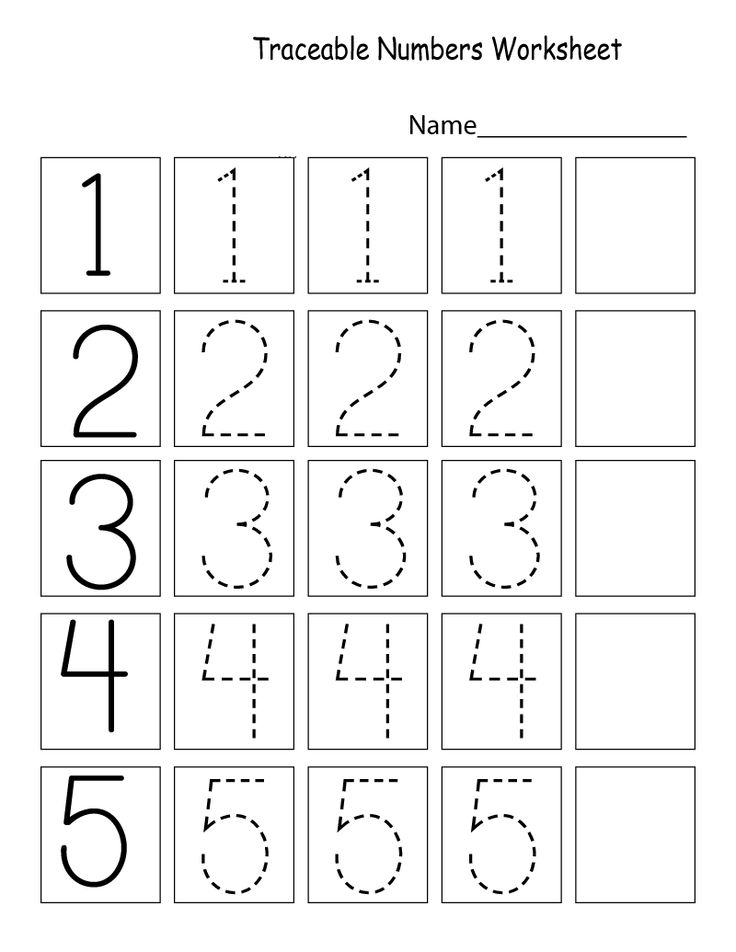
The selection and acceptance of mnemonic goals by children occurs not only in the game. All types of children's activities are of great importance in this regard: stories about what they see, learning poems, observing the surrounding life and nature and talking about this, modeling, drawing and designing according to a model, counting classes, etc.
However, it is not enough to set a mnemonic task for the child, you need to teach him how to memorize, because arbitrary memory necessarily involves the use of certain methods of memorization.
What methods of memorization do preschool children use? What mnemonic techniques should they be taught?
The earliest form of activity that appears in children, provided they accept the goal of remembering, is attentive listening or looking at, perceiving objects and naming them. There are still no mnemonic devices in the strict sense of the word, however, this kind of activity already significantly increases the productivity of memorization.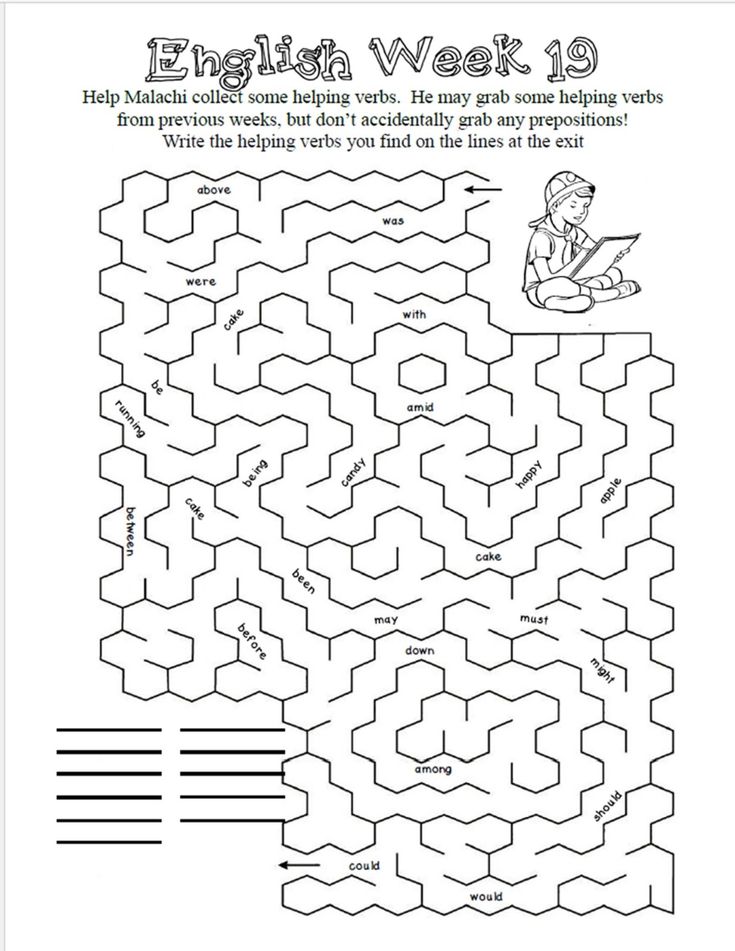 An important, albeit simple, mnemonic device is repetition. Organizing the behavior and activities of preschool children, adults specifically teach them to use this mnemonic device. Giving the child an instruction to bring or do something, the teacher invites the child to repeat the task: “So what will you bring me? What are you going to do now? etc. In the classroom, the teacher encourages children to repeat new words, names, poems, etc., seeking the development of various motor, sensory, mental skills and abilities in children, he organizes their repeated performance of various movements and actions.
An important, albeit simple, mnemonic device is repetition. Organizing the behavior and activities of preschool children, adults specifically teach them to use this mnemonic device. Giving the child an instruction to bring or do something, the teacher invites the child to repeat the task: “So what will you bring me? What are you going to do now? etc. In the classroom, the teacher encourages children to repeat new words, names, poems, etc., seeking the development of various motor, sensory, mental skills and abilities in children, he organizes their repeated performance of various movements and actions.
More complex and productive are the methods of memorization based on the logical processing of the material, on the establishment of certain semantic connections and relationships in it. Preschool children are able to master such a method of logical memorization as semantic correlation. This method consists in establishing a semantic connection between a word and a picture.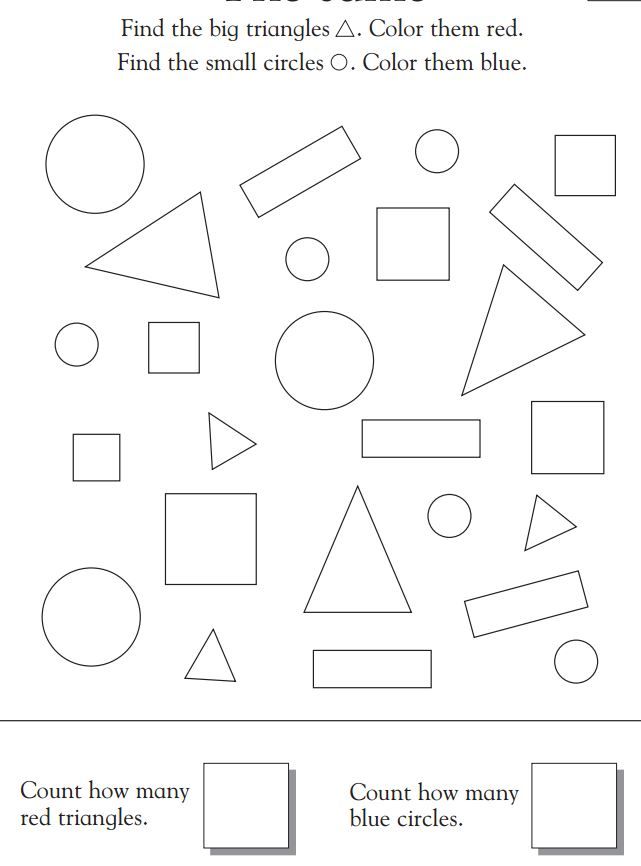 Having given the child the task of memorizing a few words, you can offer to pick up a few pictures that match the meaning of these words. For example, to the word milk - picture with the image of a glass, by the way night - picture with the image of a lamp, etc. After the children have mastered the semantic correlation and practiced using it as a mnemonic device, the memorization productivity of preschoolers of all ages increases significantly .
Having given the child the task of memorizing a few words, you can offer to pick up a few pictures that match the meaning of these words. For example, to the word milk - picture with the image of a glass, by the way night - picture with the image of a lamp, etc. After the children have mastered the semantic correlation and practiced using it as a mnemonic device, the memorization productivity of preschoolers of all ages increases significantly .
Speech is of great importance in the development of logical memory in children. In special classes, for better memorization, children were asked to match pictures to words. In those cases when preschoolers analyzed the material, made generalizations, established certain semantic connections between objects, the productivity of memorization increased dramatically. Thus, the possibilities of memory of preschool children are most fully revealed in the process of active formation of their methods of logical memorization.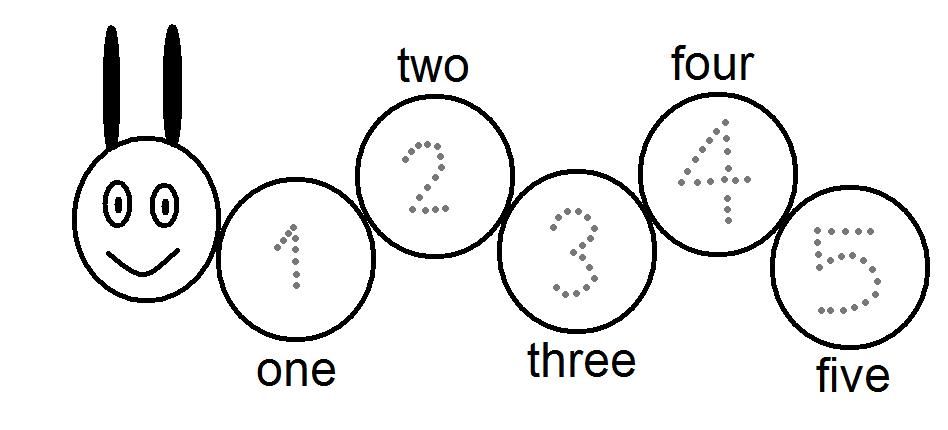
In conclusion, I would like to emphasize the following, for the development of memory in preschool children, it is necessary:
1. To develop their involuntary memory, accumulating material for subsequent voluntary reproduction;
2. Encourage the child to reproduce at the beginning when he performs practical assignments and in the game, and in the future, and in the process of learning activities;
3. Set mnemonic tasks for children, exercising preschoolers in memorization, training their memory in activities that have a certain meaning for them. Favorable conditions in this respect have all types of activities, including many special classes held in a preschool institution: drawing, modeling, design, various didactic games, classes on familiarization with the outside world, speech development, learning poems, etc.
4. Teach different ways of memorization, paying special attention to the development of logical memory.
Literature:
1.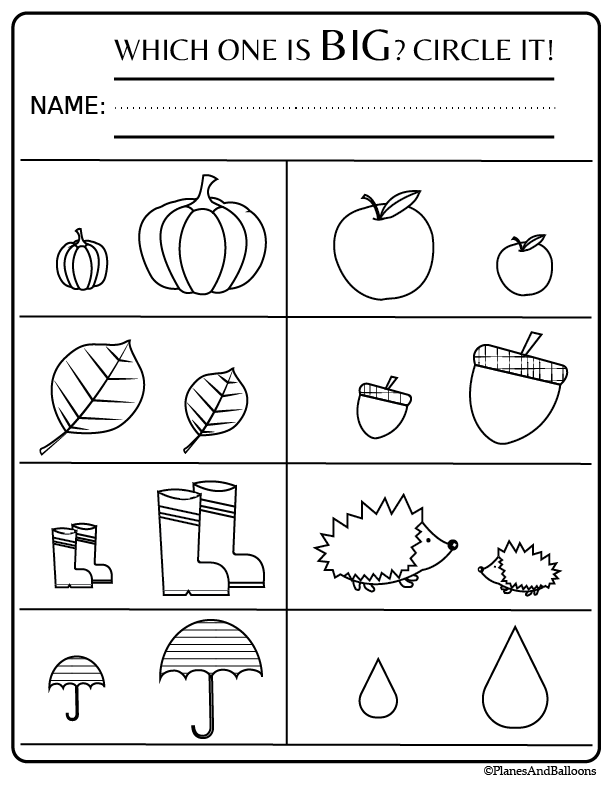 Sonin V.A. An hour of entertaining psychology. Moscow - Voronezh. 1997
Sonin V.A. An hour of entertaining psychology. Moscow - Voronezh. 1997
2. Platonov K. K. Entertaining psychology. M., 1986
3. Udaltsova E. I. Didactic games for preschool children. M., 2003
4. Golubeva L. R. The influence of education on the development of the ability to generalize and classify in children aged 6–7. M.1997
Basic terms (automatically generated) : child, preschool age, voluntary memory, involuntary memorization, preschool, picture, subject, memorization productivity, development, memorization method.
RKSH classes, calligraphy, family education club
When teaching literacy to 4-year-old preschoolers according to the methodology of the Russian Classical School, the main tasks are the organic and systematic implementation of the mental, speech, aesthetic development of the child his creative abilities and cognitive interests.
A feature of this technique is the active development of phonemic hearing, which allows harmonizing the activity of the auditory and motor speech analyzers of the brain of children, helping them perceive the sound side of the language, and realize the semantic function of sounds.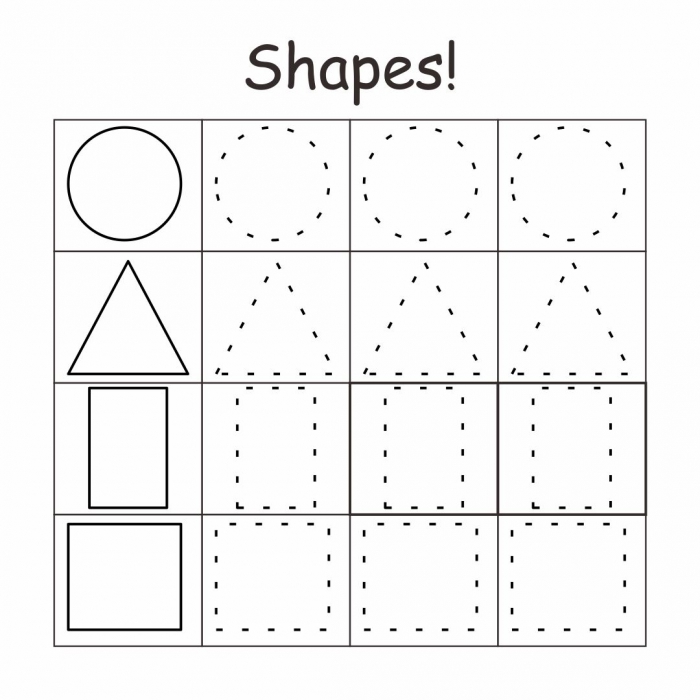
For the formation of children's ability to control their speech apparatus and correlate auditory and speech-motor phenomena, articulatory gymnastics is performed. For its implementation, the folder "Articulation exercise" is intended with illustrations of facial movements that children must repeat at the expense.
In the process of a story game, through a dramatic, rather than dogmatic form of presenting material, through active man-made activities - modeling, designing, modeling, drawing, appliqué, making game characters - due to the associative similarity of crafts with images of block letters, children intuitively perceive the lettering and their sound correspondences.
After mastering the typical images of 17 letters, an alphabetless method is used to develop the phonemic hearing of children and organically solve the problems of sound fusion, synthesis of sounds in the process of reading. For reading on a guess, pictures with inscriptions are offered, the content of which is clear to children. Reading is a holistic pronunciation of the word that names the depicted object. The ability to read comes as a result of writing, writing off words, as an inevitable consequence of establishing correspondences between auditory and speech-motor phenomena and letters. A notebook for calligraphic drawing is included in the educational and methodological kit for teaching four-year-old children to read and write, developed by I.A. Goryacheva. The drawings are designed to be outlined with a simple pencil. The manual is used in classes preparing for writing, contributes to the formation of the eye of children, the ability to navigate in the space of the sheet, the development of fine motor skills of the hand.
Reading is a holistic pronunciation of the word that names the depicted object. The ability to read comes as a result of writing, writing off words, as an inevitable consequence of establishing correspondences between auditory and speech-motor phenomena and letters. A notebook for calligraphic drawing is included in the educational and methodological kit for teaching four-year-old children to read and write, developed by I.A. Goryacheva. The drawings are designed to be outlined with a simple pencil. The manual is used in classes preparing for writing, contributes to the formation of the eye of children, the ability to navigate in the space of the sheet, the development of fine motor skills of the hand.
Enroll
The duration of the lesson is 90 minutes with several breaks according to the age of the children. Each lesson includes the following activities:
— articulatory exercises and exercises for the development of phonemic hearing;
- handicraft on the topic of the letter being studied, reading words and discussing what was read;
- writing in calligraphic copybooks and making ornaments on checkered lines;
- work on marker and cork boards.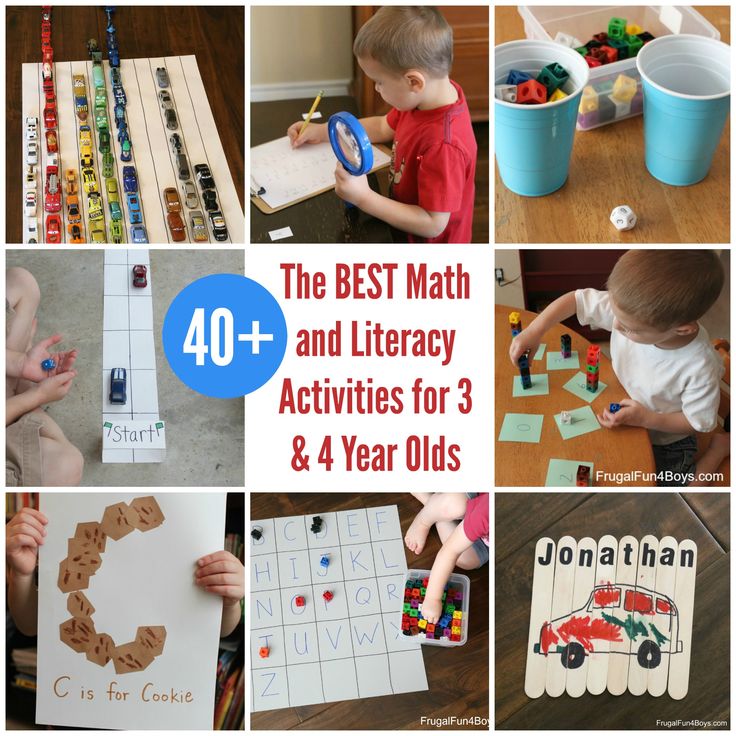
Subscription price 2400 rubles/month
(1 lesson per week).
The pre-school classes for 5-6 year olds are devoted to the initial learning to read and develop the skills necessary to master writing. When getting acquainted with literacy according to the methodology of the Russian Classical School, the main tasks are teaching children to read consciously, in accordance with pronunciation literary norms, preparing the hand for writing, developing all types of memory, attention, composure, as well as motivating the desire to learn and learn.
A feature of the proposed methodology for teaching literacy is the active development of children's phonemic hearing, which makes it possible to harmonize the activity of the auditory and motor speech analyzers of the brain, help children perceive the sound side of the language, and realize the meaningful function of sounds.
This method proposes to teach spelling of words for a long time, so that children firmly master the positional principle of Russian graphics. The final requirement is reading in whole words, corresponding to orthoepic norms, allowing you to fully perceive the meaning of what you read.
The final requirement is reading in whole words, corresponding to orthoepic norms, allowing you to fully perceive the meaning of what you read.
Writing preparation includes working on a checkered surface, making calligraphic strokes, and tear-off writing letters in a graphic grid, allowing you to master the visual images of lowercase letters, which facilitates a gradual transition to continuous writing. The main goal is to develop orientation on the surface of the sheet, to teach children to detect intersections of lines and connect the points found, to develop the plasticity of the hand. The manuals reflect the classical method of teaching calligraphy, which has artistic foundations, which allows children to instill an artistic and aesthetic taste for writing and form strong writing skills.
The duration of the lesson is 45 minutes with several breaks according to the age of the children. Each lesson includes the following activities:
— articulatory exercises and exercises for the development of phonemic hearing;
- study of letters, reading words and discussing what was read;
- writing in calligraphic copybooks and making ornaments on checkered lines;
- work on chalk and cork boards.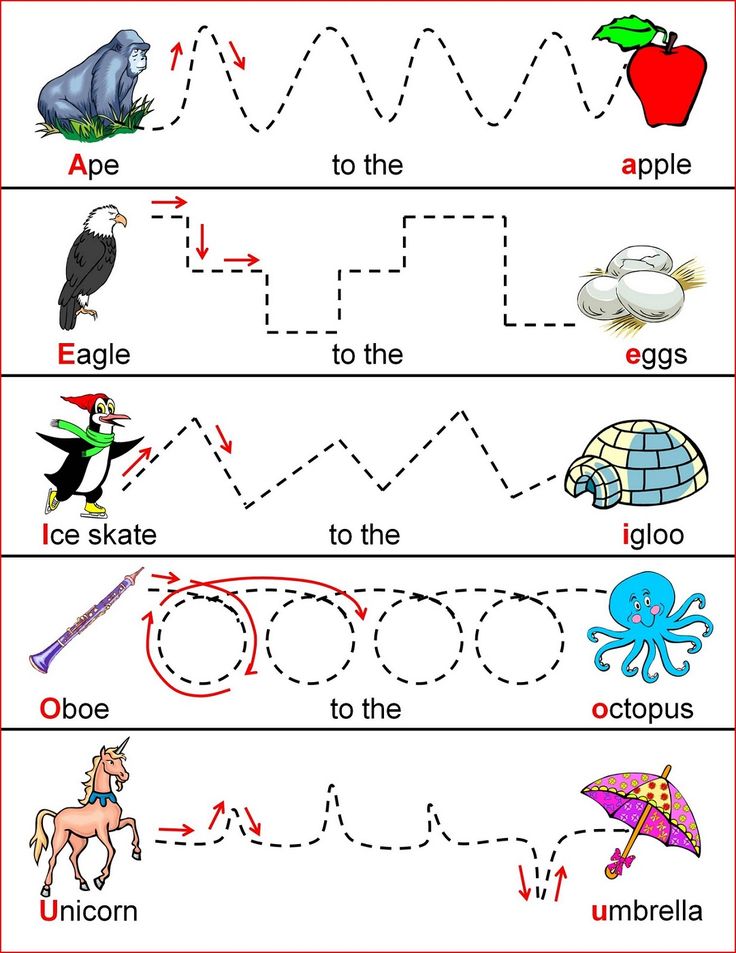
Subscription price 4800 rubles/month (2 lessons per week).
Enroll
The duration of the lesson is 90 minutes with several breaks according to the age of the children. Each lesson includes the following activities:
— articulatory exercises and exercises for the development of phonemic hearing;
- study of letters, reading words and discussing what was read;
- writing in calligraphic copybooks and making ornaments on checkered lines;
- work on chalk and cork boards.
Subscription price 4800 rubles/month (2 lessons per week).
Enroll
- in a class of up to 10 people
- training 5 days a week from 9.30 am to 2 pm
- daily walks according to the weather
- basic subjects under the RKSH program (writing with a doodle pen)
- add. subjects: the world around us, fine arts, labor, calligraphy
- preparation for certification at an accredited secondary school
For an additional fee:
- extension
- English
- physical education
- food
- attachment to a public school for certification
Subscription price 18000 rubles/month
Sign up
- in a class of up to 10 people
- training 5 days a week from 9.

